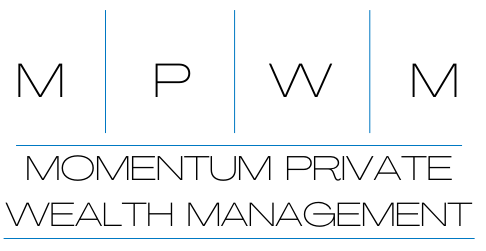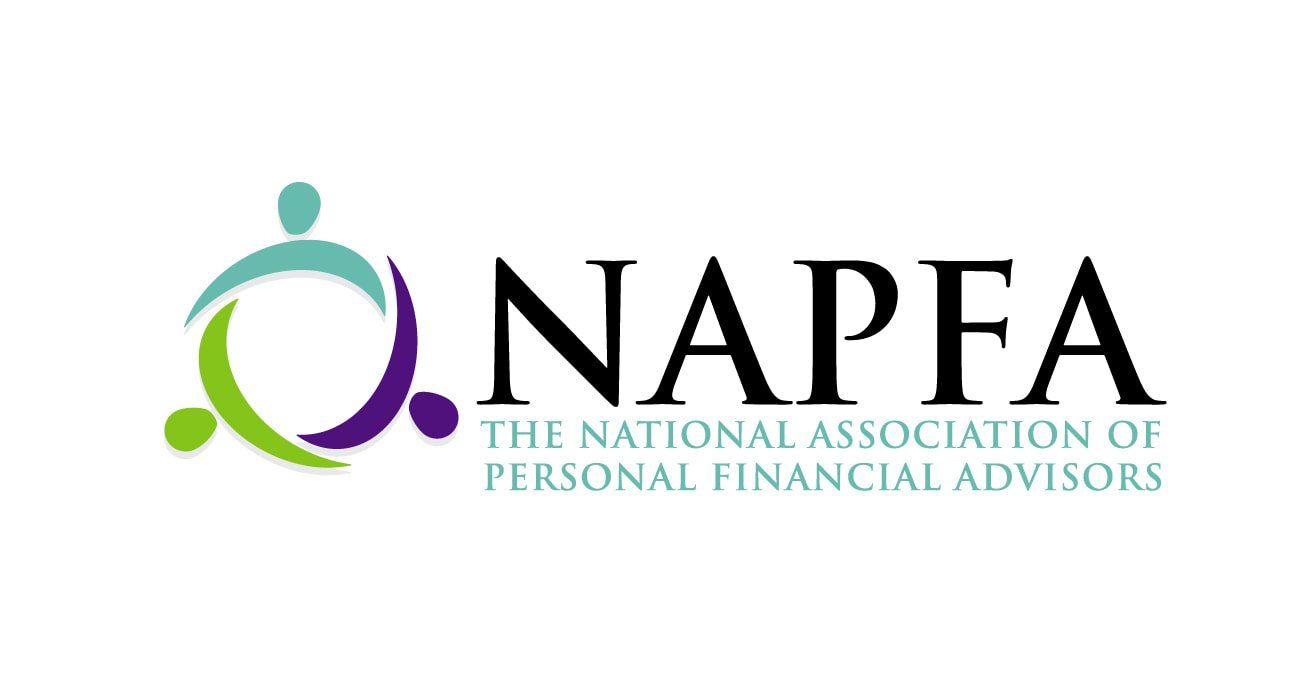
Crashing Up?
Picking up where last year left off
There is one week left before all of January is in the history books and the bulls are definitely still on parade. The markets quickly metabolized the latest flare-up between the U.S. and Iran after Soleimani’s death and inking the first phase of the China trade deal injected more good news causing the markets to extend further. This past week was relatively flat with downward pressure Friday (1/24), likely caused by the spread of the Coronavirus. Both the Standard and Poors 500 (S&P) index and the Dow Jones Industrial average hit record highs intraweek. Both the S&P 500 and Dow Jones Industrial indexes are up 2% so far on the year. In January of 2019, the S&P 500 index had risen an incredible 6.3% by this same time and finished up 7.1% for the month of January. Can the markets keep this pace? What is fueling these historic highs?
No shortage of Stimulus
There is a real engine behind some of the market’s appreciation over the last few years: The Federal Reserve policy and corporate buybacks. Talking about the Fed can be confusing… and boring, so I’ll be brief. Liquidity in the banking and financial industries is vital. There is a practice of overnight lending between financial institutions that help cover expenses and loans, such as mortgages. The term for this practice is “repo” and the free-floating interest rate is incredibly low, usually less than 2%.
In September of last year, the rate spiked to near 10% because there was a scarcity of cash available between institutions. The Federal Reserve Bank of New York stepped in and injected $75 billion into the repo market. By the end of October, The Fed increased the infusion to $165 B.1
Hedge funds have access to these borrowed funds via the banks and are reportedly borrowing at the low interest rate and buying market securities. This obviously has contributed to the significant rise in the overall equities markets. The Fed’s policy is intended to boost the real economy (such as manufacturing), however, because of the market gains realized recently, much of this liquidity remains in the financial economy only.2
The Federal Reserve Bank of New York this past week injected another $74.2 B into the banking system as the overall balance sheet continues to grow.3
Heading into the weekend, there was another infusion of $77.3 B where approximately half of which was in short-term government securities.4
Here is an analogy of why this is significant and somewhat alarming. Sleep is a natural human requirement. We all require a certain amount of downtime to effectively function. Markets also ebb and flow and need to go down (sleep) from time-to-time to maintain an overall healthy appreciation. Let’s assume you were trying to avoid sleep. You could consume energy drinks with caffeine, which would provide a boost. The issue is, your body still requires the sleep, it is just being delayed. You start to feel tired again so you consume another energy drink, however, it has a damped effect because your body has become more tired. You need more stimulus to stay awake. The Federal Reserve infusion of funds is similar to the energy drinks and it is requiring more and more to maintain liquidity in the banking sector. Once you slow down or stop taking the energy drink, you are going to fall asleep because it is a natural function. If the Fed slows or stops the repo infusion, the ramifications could be similar.
Corporate buybacks are also a form of stimulus for the markets and have risen significantly over the last couple of years due to tax reform. Goldman Sachs estimated that stock buybacks declined by 15% year-over-year in 2019 and projects a decrease of about 5% in 2020.5 This is still a massive potential infusion of nearly $700 B for 2020.
Both corporate buybacks and monetary infusions by The Fed are enabling the markets to further advance at a somewhat unnatural pace.
Tulip Mania
In the 16th century, there was a bull market in Holland centered on tulip bulbs. Charles Mackay documented this floral bubble, along with other manias, in his book, Extraordinary Popular Delusions and the Madness of Crowds. In short, tulips had appreciated for a considerable amount of time, convincing many wealthy Dutch businessmen to abandon their normal trades and businesses and either grow, trade, or broker tulips. The flowers had become so popular that banks even accepted them as collateral. Of course, the bubble eventually collapsed, leaving many financially ruined.
FOMO, or Fear Of Missing Out, can be a real phenomenon. The Dutch had observed the tulip bulb price appreciation for several years leading sensible men to chase profits for fear of missing out. Herd mentality in the markets is a real thing. From a historical perspective, most equities today are trading at prices that far exceed sensible market valuations, yet, the markets continue to rise and rise quickly. Fear of missing out on potential profits has many leaning into this rally and even employing leveraged instruments to maximize gains.
Into Thin Air
Several recent news headlines frame the market as “melting up” or “crashing up”. Whatever term you prefer, the market is appreciating at a seemingly unsustainable rate. Collectively, the S&P 500 companies are at 90.2% of their 52-week highs, many of which hit all-time highs mid-week. This is slightly down from the prior Friday (1/17) where the same companies were at 92% of their 52-week highs.
In past newsletters, I have highlighted a few proprietary indicators that aid my analysis of the market. Once such indicator measures the strength of a trend. For this particular indicator, values can range between 0 and 100. I have found the ideal zone is between 35 and 65 - this is when the market is trending strongest and is, therefore, most predictable. Low values signify a choppy, sideways market. Values above 65 can indicate a market that is overbought and in need of a pullback.
The chart below is a weekly chart of the S&P 500 index. The red down arrows illustrate peaks before price pulls back and correlate with values from the indicator in the sub chart near 65 (the green line). The blue arrow also lines up with a value near 65. Price does pull back on the next bar but recovers (thanks to a strong daily formation) to continue the up-trend. You can see the value of the indicator is now above 80. The value of the same indicator on the daily chart is currently above 80.

To provide context on why this value is significant and may be pointing to an overbought market in need of a pullback, I examined the charts dating back to 1950. The S&P 500 index has had an indicator value greater than 75 on the daily chart less than 3% of the time. If the daily and weekly charts are paired, both having a value over 75 occurred about 1/2 of 1% of the time (0.5%)!

The last time both the daily and weekly indicator was greater than 75 was in January of 2018. To illustrate a pullback may not be immediate, the gray shaded section of the chart below has indicator values greater than 75 between October of 2017 and late January 2018. These elevated levels were achieved because the quarterly and monthly charts had very bullish patterns. Between this period, price appreciated 11%. Once the timeframes fell out of phase, led by the daily chart, prices fell rapidly and the indicator values also effectively reset. We are currently in a very rare chart pattern.
Calling market tops is very difficult to do. In addition to the trend identifying indicator highlighted above, several other indicators are referenced to indicate the underlying strength of the market. One thing I continually look for is divergence between indicators and price. Divergence occurs when price makes a higher high but the indicator does not make a corresponding higher high. This often indicates underlying strength is waning pointing to the likelihood of a pullback. A week ago, there was only divergence of the monthly chart. Surprisingly, the quarterly, weekly, and daily charts showed no signs of divergence as new highs in price were accompanied by new highs on the indicators. After this week’s close, there is divergence on the monthly, weekly, and daily. Selling off into a weekend is also not a positive sign so I will definitely be watching very closely to see what the markets do this next week.
Should I stay or should I go?
If you are not fully invested, it may be tempting to buy the markets as to not miss out on potential gains (FOMO). As highlighted earlier, the companies comprising the Standard and Poors 500 are at a collective 90% of their 52-week highs. This indicates the market is expensive and few bargains are to be found. Conversely, if stimulus continues to be infused into the financial markets, we still might be at a relatively “cheap” price point. In addition, the higher timeframe indicators do suggest this year could be a strong one for returns.
The technical analysis approaches I use are to increase my odds of making successful investments. There are clear chart patterns where chances of success are significantly increased. The current market environment is less clear. As mentioned earlier, the daily and weekly trend indicators being at such overbought levels has occurred less than 1% of the time over the past 70 years. Where I am currently long (buy) the market, I will remain but I am definitely not looking to add to positions at this price point. In fact, as stated earlier, I will be watching the coming week very closely. Nearly half of the Dow Jones Industrials companies will be releasing Q4 earnings over the next two weeks and The Federal Reserve Open Market Committee meets mid-week. Earnings, the Fed meeting, and further Coronavirus uncertainty could make for a very news-heavy week.
The New Year is a perfect time to review your portfolio and talk to a professional you trust to ensure your investments are working toward your long-term goals. The most important thing is to have a solid plan. If you currently have no plan or feel your current plan can be improved, MPWM can help!
- counterpunch.org (https://www.counterpunch.org/2020/01/14/the-fed-protects-gamblers-at-the-expense-of-the-economy/)
- wccftech.com (https://wccftech.com/federal-reserve-giving-direct-access-to-repo-lending/)
- wsj.com (https://www.wsj.com/articles/fed-repos-add-74-2-billion-but-net-liquidity-declines-modestly-11579793755)
- wsj.com (https://www.wsj.com/articles/fed-adds-77-3-billion-in-weekend-liquidity-11572010041)
- cnbc.com (https://www.cnbc.com/2019/12/16/goldman-has-a-worry-could-hit-earnings-cause-volatility-in-2020.html)
Justin Toedtman is a market strategist and contributing editor to Momentum Private Wealth Management. For the last 20 years, his focus has been on technical analysis and market strategies.
If you are not having frequent conversations with your wealth or investment advisor about market strategies, investment management, or financial planning opportunities, you should be. Momentum Private Wealth Management specializes in Wealth Management as well as Comprehensive Financial Planning. Feel free to reach out to Austin directly at 512.416.8085 or austin@momentumpwm.com. You can also find out more information about MPWM at: www.momentumpwm.com.
The information on this site is provided “AS IS” and without warranties of any kind either express or implied. To the fullest extent permissible pursuant to applicable laws, Momentum Private Wealth Management, LLC (referred to as “MPWM”) disclaims all warranties, express or implied, including, but not limited to, implied warranties of merchantability, non-infringement, and suitability for a particular purpose.
MPWM does not warrant that the information will be free from error. None of the information provided on this website is intended as investment, tax, accounting or legal advice, as an offer or solicitation of an offer to buy or sell, or as an endorsement of any company, security, fund, or other securities or non-securities offering. The information should not be relied upon for purposes of transacting securities or other investments. Your use of the information is at your sole risk. Under no circumstances shall MPWM be liable for any direct, indirect, special or consequential damages that result from the use of, or the inability to use, the materials in this site, even if MPWM or a MPWM authorized representative has been advised of the possibility of such damages. In no event shall MPWM have any liability to you for damages, losses, and causes of action for accessing this site. Information on this website should not be considered a solicitation to buy, an offer to sell, or a recommendation of any security in any jurisdiction where such offer, solicitation, or recommendation would be unlawful or unauthorized.






Our office serves the entire Austin Texas area, including:
Austin, Cedar Park, Georgetown, Leander, and Round Rock.
All Rights Reserved | Momentum Private Wealth Management
Website by EGS Marketing Solutions







